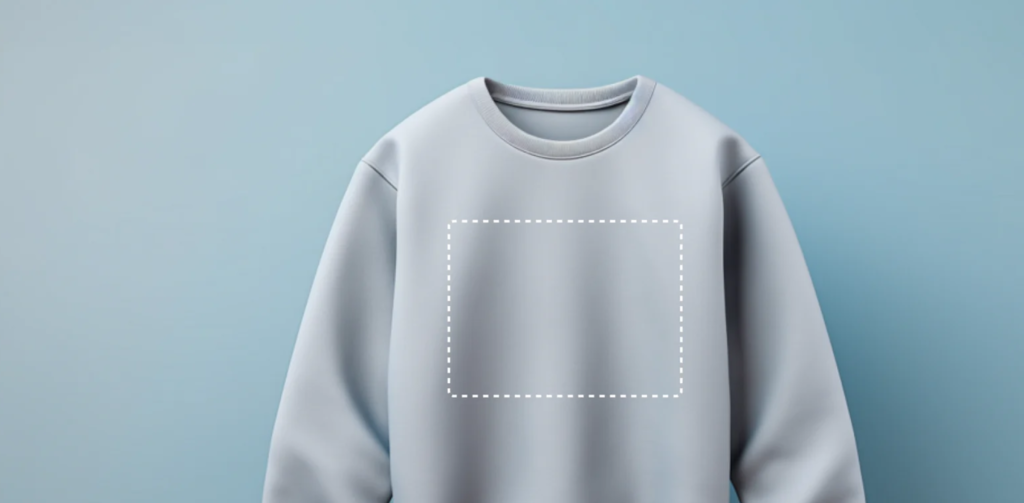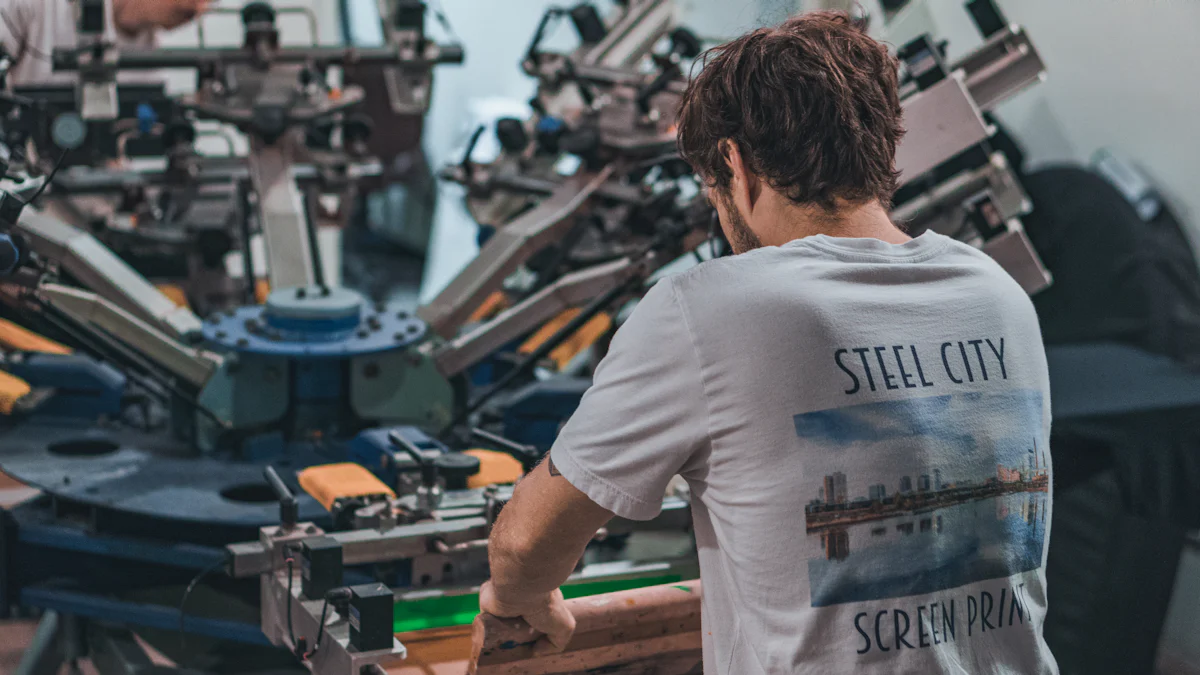
Print-on-demand provides a unique opportunity to personalize products for customers, allowing you to sell customized items without the hassle of printing equipment or inventory storage. Similarly, drop shipping enables you to sell products without managing inventory. Understanding these concepts is essential in e-commerce. Platforms like HyperSKU、zendrop、dsers and cj dropshipping offer opportunities to explore these business models,and use dropship.io to analysis of hot-selling POD items.
Understanding Print-On-Demand

What is Print-On-Demand?
Print-on-demand (POD) offers a unique business model that allows sellers to create and sell customized products. The process begins when a customer places an order. The seller then sends the design to a POD provider, who prints the item and ships it directly to the customer. This model eliminates the need for inventory storage and printing equipment. Sellers can focus on designing products without worrying about fulfillment logistics.
Several key players dominate the print-on-demand market. Companies like oberlo and dropship.io provide platforms that connect sellers with suppliers. These platforms streamline the process, making it easy for sellers to manage orders and designs. Each provider offers different features, so sellers should explore options to find the best fit for their needs.
Advantages of Print-On-Demand
Print-on-demand offers significant advantages, particularly in customization. Sellers have the freedom to design unique products tailored to customer preferences. This flexibility allows for experimentation with different designs without additional capital investment. Mockup generators enable sellers to visualize products before committing to production.
Inventory management benefits also stand out with print-on-demand. Sellers do not need to purchase or store large quantities of products. This model reduces upfront costs and minimizes financial risk. Sellers can focus on marketing and growing their brand while the POD provider handles production and shipping.
Disadvantages of Print-On-Demand
Despite its benefits, print-on-demand has some drawbacks. Longer fulfillment times can occur due to the custom nature of each order. Customers may experience delays compared to purchasing pre-made products. Sellers should communicate expected delivery times clearly to manage customer expectations.
Potential quality issues may arise with print-on-demand. The quality of the final product depends on the POD provider’s capabilities. Sellers should research and choose reputable providers to ensure high-quality products. Regular quality checks can help maintain standards and customer satisfaction.
Understanding Dropshipping
What is Dropshipping?
Dropshipping offers a business model that allows sellers to sell products without holding inventory. The process begins when a customer places an order on your online store. You then forward the order details to a third-party supplier. The supplier ships the product directly to the customer. This model eliminates the need for storage space and inventory management.
Several key players dominate the dropshipping market. Zendrop and CJ Dropshipping provide platforms that connect sellers with suppliers. These platforms simplify the process, making it easy for sellers to manage orders. Each provider offers different features. Sellers should explore options to find the best fit for their needs.
Advantages of Dropshipping
Dropshipping presents several advantages. Low startup costs stand out as a primary benefit. Sellers do not need to invest in inventory upfront. This reduces financial risk and makes it accessible for new entrepreneurs. You can start selling with minimal capital investment.
A wide product selection is another advantage. Sellers can offer a diverse range of products without stocking them. This flexibility allows you to test different products and niches. You can quickly adapt to market trends and customer preferences.
Disadvantages of Dropshipping
Despite its benefits, dropshipping has some drawbacks. Less control over shipping is a significant concern. The supplier handles the fulfillment process. This can lead to inconsistencies in delivery times. Sellers should communicate expected delivery times clearly to manage customer expectations.
Dependency on suppliers poses another challenge. The quality of the final product depends on the supplier’s capabilities. Sellers should research and choose reputable suppliers to ensure high-quality products. Regular quality checks can help maintain standards and customer satisfaction.
Comparative Analysis of Print-On-Demand and Dropshipping

Cost Comparison
Initial Investment
Print-on-demand requires minimal upfront costs. You only pay for products after customers place orders. This model reduces financial risk. Dropshipping also offers low initial investment. You do not need to purchase inventory in advance. Both models provide cost-effective entry points for new entrepreneurs.
Ongoing Expenses
Print-on-demand incurs expenses related to design and production. You may face higher per-unit costs due to customization. Dropshipping involves costs tied to supplier fees and shipping. You must manage these expenses to maintain profitability. Both models require careful budgeting to ensure success.
Fulfillment and Shipping
Speed and Reliability
Print-on-demand often experiences longer fulfillment times. Customization can delay shipping. You need to communicate delivery expectations clearly. Dropshipping relies on suppliers for shipping. This can lead to variability in delivery speed. Both models demand attention to logistics for customer satisfaction.
Customer Satisfaction
Print-on-demand allows for personalized products. Customers appreciate unique designs. Satisfaction depends on product quality and delivery time. Dropshipping offers a wide range of products. Customer satisfaction hinges on reliable suppliers. Both models require quality control to meet customer needs.
Product Range and Customization
Variety of Offerings
Print-on-demand focuses on custom-designed items. You have the freedom to create unique products. Dropshipping provides access to a broad product range. You can offer diverse items without holding stock. Both models enable flexibility in product selection.
Customization Capabilities
Print-on-demand excels in customization. You can tailor products to customer preferences. This model supports creativity and brand identity. Dropshipping lacks customization options. You rely on pre-made products from suppliers. Print-on-demand offers greater design freedom compared to dropshipping.
Choosing the Right Provider
Factors to Consider
Business Goals
Identify your business goals. Print-on-demand suits creative entrepreneurs who want to design unique products. Dropshipping works well for those who prefer selling a wide range of pre-made items. Align your choice with your vision.
Target Audience
Understand your target audience. Customers seeking personalized products appreciate print-on-demand. Those looking for variety may prefer dropshipping. Match your strategy with customer preferences.
Print-on-demand and dropshipping offer unique opportunities in e-commerce. Print-on-demand provides customization and creative freedom. Dropshipping offers a wide product range with minimal investment. Each model has strengths and weaknesses. Consider business goals and target audience when choosing a model. Professional POD suppliers like HyperSKU excel in fashion clothing. Evaluate individual needs to determine the best fit.

